There are so many tips in books, on the news, and on the web for healthy eating, but none of them tell you how to get the food you’re supposed to eat… until now. It’s time to get serious about shopping, and I can help. Here are 22 grocery shopping tips for healthy eating. Let’s see how many you already know, and how many are a surprise…
1. Plan a Menu
 One of the most helpful grocery shopping tips for healthy eating is to plan a menu for the week before you leave the house. The menu ought to include all meals for the week, including the ones you’ll pack at home and take with you to work, as well as snacks. Make a list of everything you’ll need for each menu item, and take that list, and the menu, with you!
One of the most helpful grocery shopping tips for healthy eating is to plan a menu for the week before you leave the house. The menu ought to include all meals for the week, including the ones you’ll pack at home and take with you to work, as well as snacks. Make a list of everything you’ll need for each menu item, and take that list, and the menu, with you!
2. Plan Ahead!
 Grocery shopping takes time, especially when you’re checking labels and being choosy in the produce section. Plan ahead so you’ll have time to do a proper shopping trip, and so you won’t feel rushed into making rash (and ice-cream related) decisions.
Grocery shopping takes time, especially when you’re checking labels and being choosy in the produce section. Plan ahead so you’ll have time to do a proper shopping trip, and so you won’t feel rushed into making rash (and ice-cream related) decisions.
3. Know the Dirty Dozen
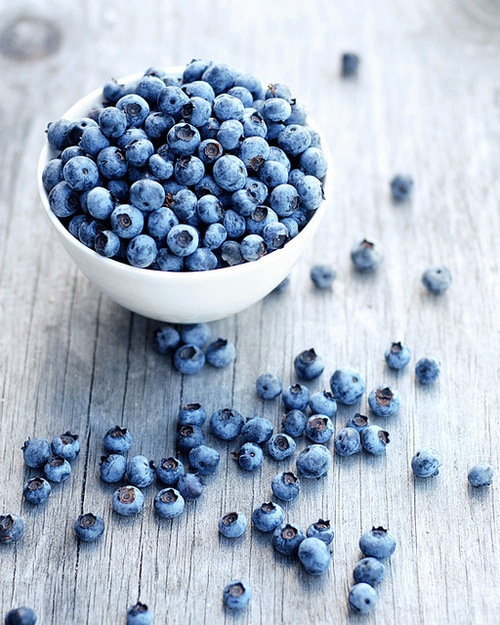 There are a dozen produce items that are so contaminated with pesticides and chemical fertilizers, they’re called the Dirty Dozen. It’s important to know the produce items on this list, because these are the ones you’ll want to buy organic, rather than traditionally-grown. They are worth every penny, and they are as follows: celery, peaches, strawberries, apples, domestic blueberries, nectarines, bell peppers, leafy greens (like spinach and kale), cherries, potatoes, imported grapes, and lettuce.
There are a dozen produce items that are so contaminated with pesticides and chemical fertilizers, they’re called the Dirty Dozen. It’s important to know the produce items on this list, because these are the ones you’ll want to buy organic, rather than traditionally-grown. They are worth every penny, and they are as follows: celery, peaches, strawberries, apples, domestic blueberries, nectarines, bell peppers, leafy greens (like spinach and kale), cherries, potatoes, imported grapes, and lettuce.
4. Know the Clean 15
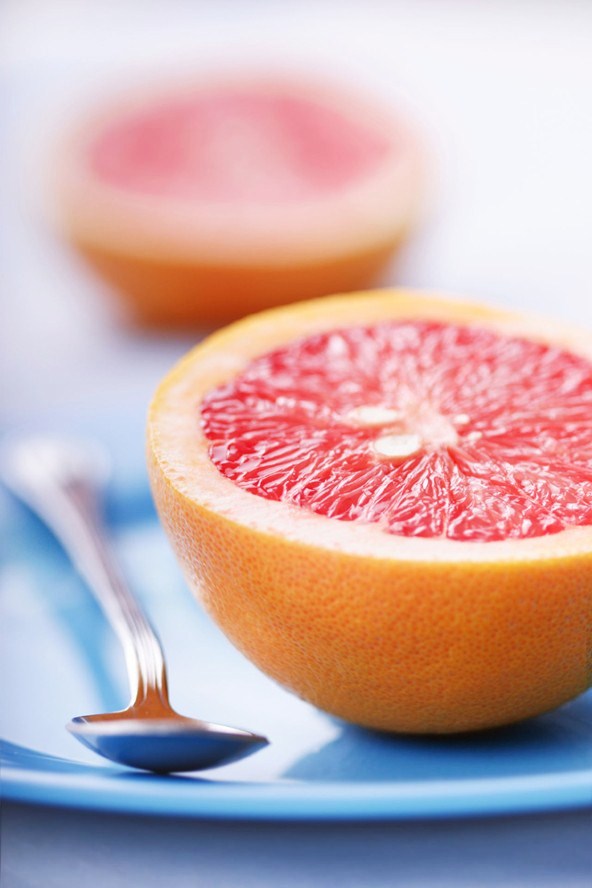 Just like there are 12 produce items we should always buy organic (see above), there’s a slightly longer list of fruits and veggies you can spend a little less on, because they’re a lot cleaner. Why? Because they have husks, rinds or peels we don’t eat. It’s okay to buy the traditionally-grown versions of these, the so-called Clean 15: onions, avocados, sweet corn, pineapples, mango, sweet peas, asparagus, kiwi, cabbage, eggplant, cantaloupe, watermelon, grapefruit, sweet potatoes and sweet onions.
Just like there are 12 produce items we should always buy organic (see above), there’s a slightly longer list of fruits and veggies you can spend a little less on, because they’re a lot cleaner. Why? Because they have husks, rinds or peels we don’t eat. It’s okay to buy the traditionally-grown versions of these, the so-called Clean 15: onions, avocados, sweet corn, pineapples, mango, sweet peas, asparagus, kiwi, cabbage, eggplant, cantaloupe, watermelon, grapefruit, sweet potatoes and sweet onions.
5. Budget for It
 Grocery shopping to eat healthy isn’t cheap, and a girl on a budget may have to make some tough decisions — new patterned wedges, or enough good eats to last the week? While you might be leaning toward the new shoes, it makes a lot more sense to budget for the healthy food instead.
Grocery shopping to eat healthy isn’t cheap, and a girl on a budget may have to make some tough decisions — new patterned wedges, or enough good eats to last the week? While you might be leaning toward the new shoes, it makes a lot more sense to budget for the healthy food instead.
6. Get Help
 If you can’t afford to buy healthy food, there’s help, and there’s no shame in accepting it. Call your local Department of Health and Human Services, and make an appointment to get food assistance. Later, when you’re able, give back to a community food bank to play it forward.
If you can’t afford to buy healthy food, there’s help, and there’s no shame in accepting it. Call your local Department of Health and Human Services, and make an appointment to get food assistance. Later, when you’re able, give back to a community food bank to play it forward.
7. Make a List
 Remember the menu plan you made in item #1? It’s time to translate all of that to a helpful, handy list. I keep a list app in my phone, but you can keep one on paper instead. It helps to write all of the items in groups, keeping all the dairy together, all the produce together, and so on.
Remember the menu plan you made in item #1? It’s time to translate all of that to a helpful, handy list. I keep a list app in my phone, but you can keep one on paper instead. It helps to write all of the items in groups, keeping all the dairy together, all the produce together, and so on.
8. Shop the Perimeter
 This may sound incredibly weird, but this grocery shopping tip has nothing to do with the food, and everything to do with the store itself. If you shop just the outside edges of the store, you’ll end up with a cartload of fresh fruits and veggies, whole grain breads, lean proteins, and low-fat dairy items… all of these items are around the edge of the store, with all the junk food and prepared foods in the inner aisles. Simply by refusing to venture into the inner aisles, you’ll automatically avoid the chips, soda, sweets, canned goods, and even the high-sugar cereals, syrups, and the like. Who knew?
This may sound incredibly weird, but this grocery shopping tip has nothing to do with the food, and everything to do with the store itself. If you shop just the outside edges of the store, you’ll end up with a cartload of fresh fruits and veggies, whole grain breads, lean proteins, and low-fat dairy items… all of these items are around the edge of the store, with all the junk food and prepared foods in the inner aisles. Simply by refusing to venture into the inner aisles, you’ll automatically avoid the chips, soda, sweets, canned goods, and even the high-sugar cereals, syrups, and the like. Who knew?
9. Skip the Soda
 Speaking of soda, this is one item to out-right ban from your cart. Why? Because it’s loaded with nasty chemicals, and has absolutely no nutritional value. Truly, it’s that simple. Skipping the soda is one of the easiest grocery shopping tips for healthy eating. Replace soda with all-natural, no sugar added mixed fruit juices, or with green tea, or just plain water!
Speaking of soda, this is one item to out-right ban from your cart. Why? Because it’s loaded with nasty chemicals, and has absolutely no nutritional value. Truly, it’s that simple. Skipping the soda is one of the easiest grocery shopping tips for healthy eating. Replace soda with all-natural, no sugar added mixed fruit juices, or with green tea, or just plain water!
10. Check the Labels
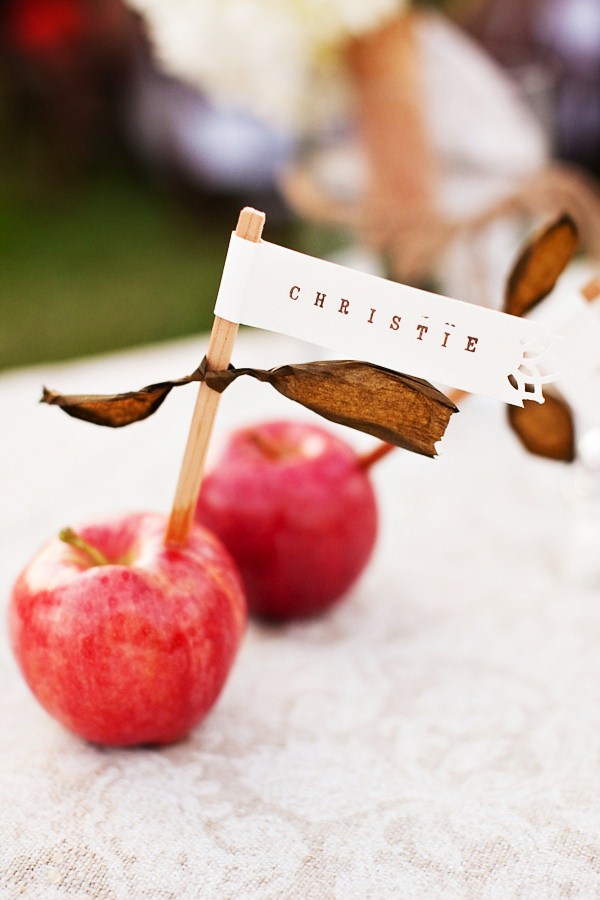 Always, always check the label on any food item you buy. If it doesn’t have a label (fresh fruits and veggies), buy, wash and eat. If it does, look closely at the first ingredient. If it’s not a whole grain or a lean protein, put it back. If it contains any ingredient you don’t recognize as food or can’t pronounce, put it back.
Always, always check the label on any food item you buy. If it doesn’t have a label (fresh fruits and veggies), buy, wash and eat. If it does, look closely at the first ingredient. If it’s not a whole grain or a lean protein, put it back. If it contains any ingredient you don’t recognize as food or can’t pronounce, put it back.
11. Ban Cans (and Boxes)
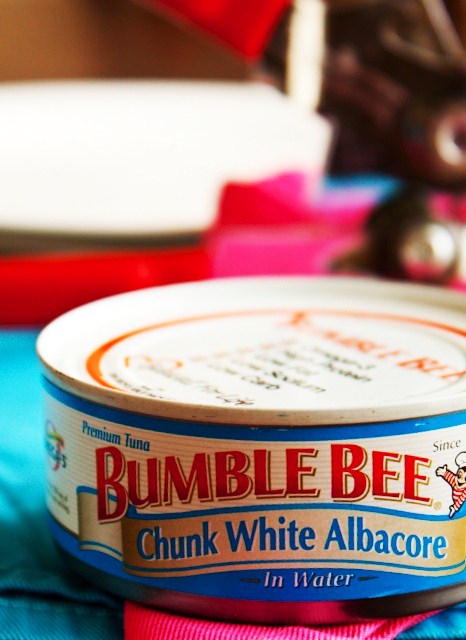 Almost any food that comes in a box or a can has been heavily processed and is loaded with fat, sugar, and sodium. Rather than buying a can of ravioli, why not make your own, with the refrigerated whole-grain, four-cheese pasta and fresh tomatoes and summer squash? It will taste better and is much, much better for you.
Almost any food that comes in a box or a can has been heavily processed and is loaded with fat, sugar, and sodium. Rather than buying a can of ravioli, why not make your own, with the refrigerated whole-grain, four-cheese pasta and fresh tomatoes and summer squash? It will taste better and is much, much better for you.
12. Choose Whole Grains over White
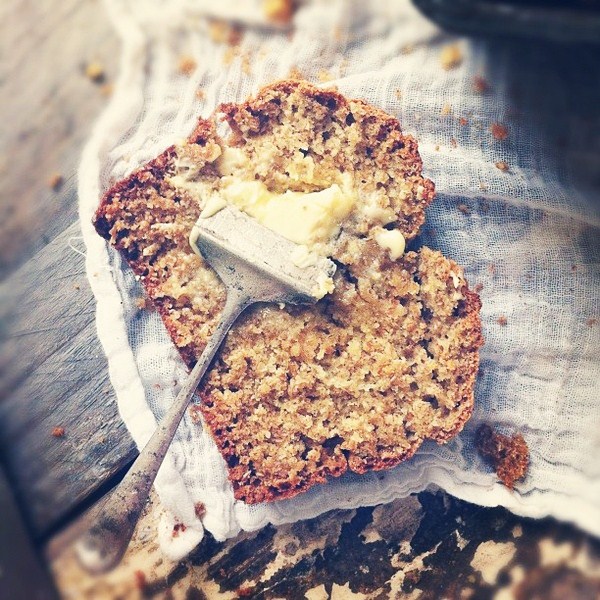 Here’s a simple food swap that’s also a grocery shopping tip for healthy eating: instead of buying plain white bread, opt for whole-grain bread instead. Why? Because white bread has been heavily processed and bleached, literally, stripped of all of its nutrients, which then, by law, have to be added back. It’s also bland, boring, and because it’s not made with the whole grain, it lacks the fiber of whole grain bread. Whole grain bread is a much healthier option, and it tastes so much better, too!
Here’s a simple food swap that’s also a grocery shopping tip for healthy eating: instead of buying plain white bread, opt for whole-grain bread instead. Why? Because white bread has been heavily processed and bleached, literally, stripped of all of its nutrients, which then, by law, have to be added back. It’s also bland, boring, and because it’s not made with the whole grain, it lacks the fiber of whole grain bread. Whole grain bread is a much healthier option, and it tastes so much better, too!
13. Fill up on Fresh Produce
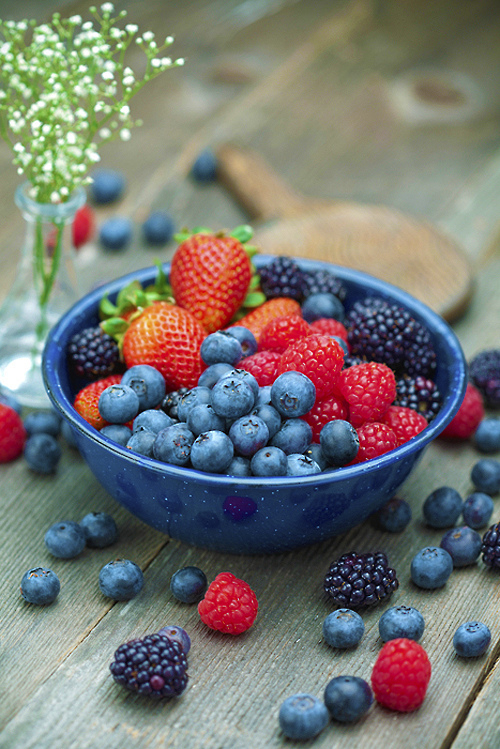 According to the USDA, we’re all supposed to eat five servings of fresh fruits and veggies every day, but wow, hardly any of us do! Here’s another grocery shopping tip for healthy eating, one that will ensure you get those five servings: fill your cart with seven or eight different fruits and veggies, sticking to your menu plan, and if you can, add more!
According to the USDA, we’re all supposed to eat five servings of fresh fruits and veggies every day, but wow, hardly any of us do! Here’s another grocery shopping tip for healthy eating, one that will ensure you get those five servings: fill your cart with seven or eight different fruits and veggies, sticking to your menu plan, and if you can, add more!
14. Look for Lean Protein
 It’s completely okay to buy hamburger, and it can even be a relatively healthy choice, as long as it’s lean. Check the label and see if it says it’s at least 85% lean… if it is, go for it! Another great way to get lean protein isn’t at the meat counter, either, by the way: it’s in beans, which, by the way, make excellent salad toppings.
It’s completely okay to buy hamburger, and it can even be a relatively healthy choice, as long as it’s lean. Check the label and see if it says it’s at least 85% lean… if it is, go for it! Another great way to get lean protein isn’t at the meat counter, either, by the way: it’s in beans, which, by the way, make excellent salad toppings.
15. Choose Mixed Fruit Juices
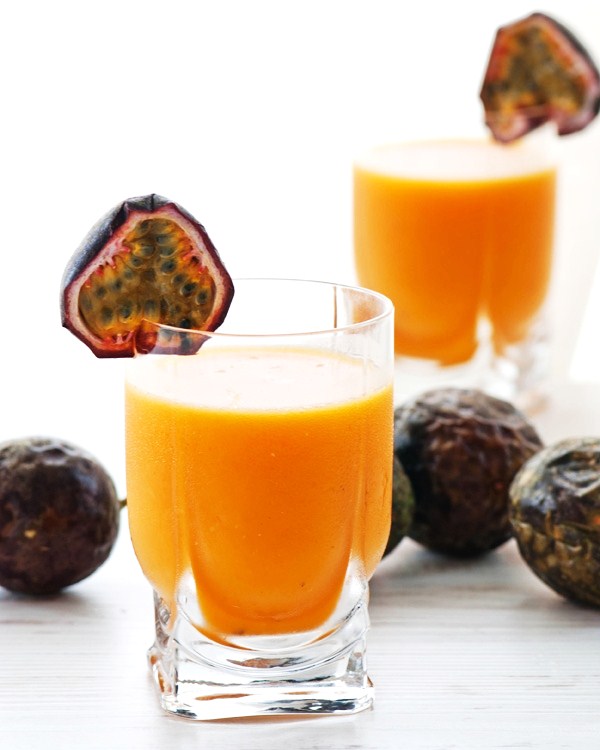 Studies have shown that drinking mixed fruit juices without added sugar can be a great way to get the antioxidants and other nutrients our bodies need, better than drinking them in single fruit juices. Again, though, check the labels and make sure you’re buying REAL fruit JUICE, without added sugar… or you might as well just buy soda.
Studies have shown that drinking mixed fruit juices without added sugar can be a great way to get the antioxidants and other nutrients our bodies need, better than drinking them in single fruit juices. Again, though, check the labels and make sure you’re buying REAL fruit JUICE, without added sugar… or you might as well just buy soda.
16. Stock up
 Save yourself an extra trip to the store mid-week by stocking up on the things you know you and your family will devour. A small bag of grapes is good, but a big bag of grapes, washed carefully and separated into small ready-to-grab containers is even better!
Save yourself an extra trip to the store mid-week by stocking up on the things you know you and your family will devour. A small bag of grapes is good, but a big bag of grapes, washed carefully and separated into small ready-to-grab containers is even better!
17. Think about Meals and Snacks
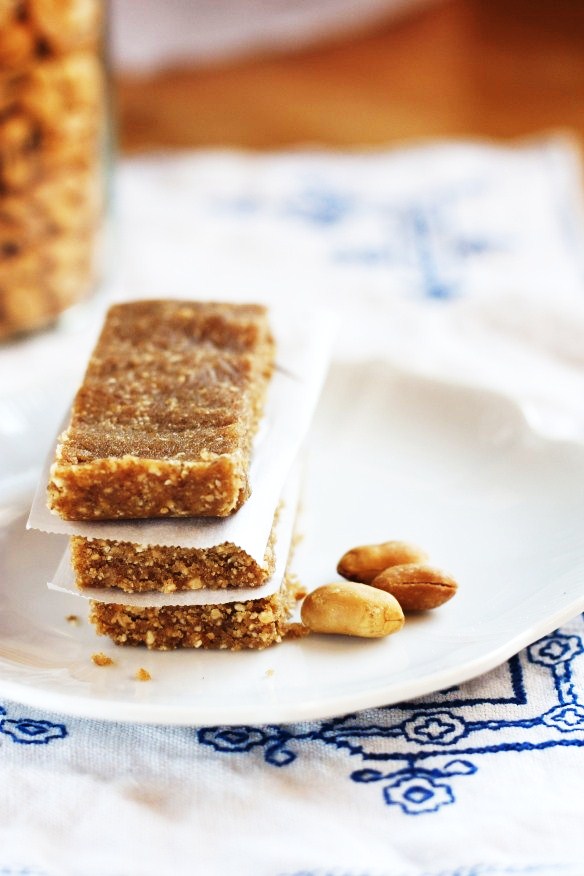 More about menu planning: make sure you add the snacks as well as the meals into that plan, and make sure those snacks make it to the big list, too! You don’t want to make a hunger-driven vending machine mistake at work because you forgot your soy crisps.
More about menu planning: make sure you add the snacks as well as the meals into that plan, and make sure those snacks make it to the big list, too! You don’t want to make a hunger-driven vending machine mistake at work because you forgot your soy crisps.
18. Don’t Go Hungry
 My mother taught me this grocery shopping tip for healthy eating when I was little, and it still applied today: never, ever go grocery shopping while you’re hungry. You’ll be more likely to rush through, and you’ll also be much more likely to make poor food choices, like choosing junk food.
My mother taught me this grocery shopping tip for healthy eating when I was little, and it still applied today: never, ever go grocery shopping while you’re hungry. You’ll be more likely to rush through, and you’ll also be much more likely to make poor food choices, like choosing junk food.
19. Resist Temptation
 If you don’t buy it at the grocery store, you won’t eat it later, at home, when you’re watching TV. It’s true! Think about it… if you don’t buy the extra-butter popcorn or Coke while you’re at the store, you won’t’ have it later, when you’re a lot more tempted to eat it.
If you don’t buy it at the grocery store, you won’t eat it later, at home, when you’re watching TV. It’s true! Think about it… if you don’t buy the extra-butter popcorn or Coke while you’re at the store, you won’t’ have it later, when you’re a lot more tempted to eat it.
20. Try Something New
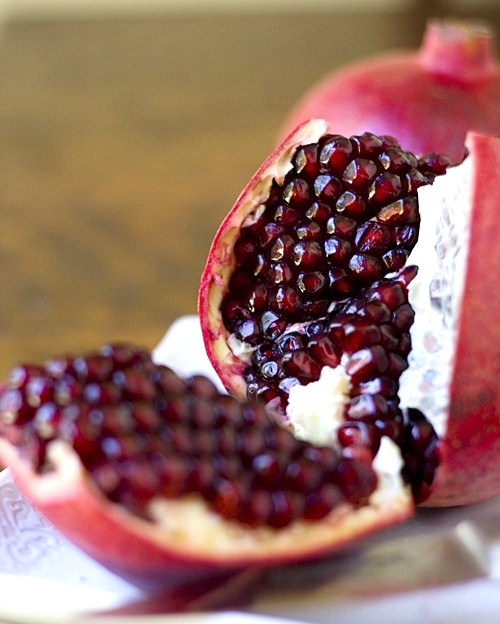 I was amazed to learn that one of my friends had never tried a kiwi, or an Asian pear, or a pomegranate, or even raw green beans. Her trip to the produce aisle was always the same: bananas, apples, and oranges. If you’re bored with the same old stuff, and you’re wondering what to add to your cart, try something new! Be bold, be daring! I mean, if you can wear patterned wedges with a floral-print blouse, and pull it off, you can try a star fruit!
I was amazed to learn that one of my friends had never tried a kiwi, or an Asian pear, or a pomegranate, or even raw green beans. Her trip to the produce aisle was always the same: bananas, apples, and oranges. If you’re bored with the same old stuff, and you’re wondering what to add to your cart, try something new! Be bold, be daring! I mean, if you can wear patterned wedges with a floral-print blouse, and pull it off, you can try a star fruit!
21. Choose Low-fat Dairy
 Dairy is delicious, and it’s also very good for you… but it can also be high in fat. Again, check the labels and make sure you’re choosing yoghurt, cheese, and milk that’s low-fat. Can’t stand skim milk? Choose 2%. Don’t like no-cal yoghurt? Opt for plain Greek, which has more protein and less sugar than regular yoghurt.
Dairy is delicious, and it’s also very good for you… but it can also be high in fat. Again, check the labels and make sure you’re choosing yoghurt, cheese, and milk that’s low-fat. Can’t stand skim milk? Choose 2%. Don’t like no-cal yoghurt? Opt for plain Greek, which has more protein and less sugar than regular yoghurt.
22. Use an App!
 If you’ve forgotten your list or just can’t remember which yoghurt is better, Greek or regular, no worries. That’s what your smart phone is for! There’s an app for keeping a grocery list (I use one and love it), and we’re working on an app that will let you bring us with you everywhere you go… including the grocery store!
If you’ve forgotten your list or just can’t remember which yoghurt is better, Greek or regular, no worries. That’s what your smart phone is for! There’s an app for keeping a grocery list (I use one and love it), and we’re working on an app that will let you bring us with you everywhere you go… including the grocery store!
Wow, there’s a lot of really good information here, isn’t there? With all these grocery shopping tips for healthy eating, you’ll be a healthy-food pro in no time… as soon as your next grocery trip! Which of these ideas do you think you’ll find the most helpful? Which surprised you? Or do you have another grocery shopping tip for healthy eating you’d like to share?
Top Image Source: weheartit.com


 One of the most helpful grocery shopping tips for healthy eating is to plan a menu for the week before you leave the house. The menu ought to include all meals for the week, including the ones you’ll pack at home and take with you to work, as well as snacks. Make a list of everything you’ll need for each menu item, and take that list, and the menu, with you!
One of the most helpful grocery shopping tips for healthy eating is to plan a menu for the week before you leave the house. The menu ought to include all meals for the week, including the ones you’ll pack at home and take with you to work, as well as snacks. Make a list of everything you’ll need for each menu item, and take that list, and the menu, with you! Grocery shopping takes time, especially when you’re checking labels and being choosy in the produce section. Plan ahead so you’ll have time to do a proper shopping trip, and so you won’t feel rushed into making rash (and ice-cream related) decisions.
Grocery shopping takes time, especially when you’re checking labels and being choosy in the produce section. Plan ahead so you’ll have time to do a proper shopping trip, and so you won’t feel rushed into making rash (and ice-cream related) decisions. There are a dozen produce items that are so contaminated with pesticides and chemical fertilizers, they’re called the Dirty Dozen. It’s important to know the produce items on this list, because these are the ones you’ll want to buy organic, rather than traditionally-grown. They are worth every penny, and they are as follows: celery, peaches, strawberries, apples, domestic blueberries, nectarines, bell peppers, leafy greens (like spinach and kale), cherries, potatoes, imported grapes, and lettuce.
There are a dozen produce items that are so contaminated with pesticides and chemical fertilizers, they’re called the Dirty Dozen. It’s important to know the produce items on this list, because these are the ones you’ll want to buy organic, rather than traditionally-grown. They are worth every penny, and they are as follows: celery, peaches, strawberries, apples, domestic blueberries, nectarines, bell peppers, leafy greens (like spinach and kale), cherries, potatoes, imported grapes, and lettuce. Just like there are 12 produce items we should always buy organic (see above), there’s a slightly longer list of fruits and veggies you can spend a little less on, because they’re a lot cleaner. Why? Because they have husks, rinds or peels we don’t eat. It’s okay to buy the traditionally-grown versions of these, the so-called Clean 15: onions, avocados, sweet corn, pineapples, mango, sweet peas, asparagus, kiwi, cabbage, eggplant, cantaloupe, watermelon, grapefruit, sweet potatoes and sweet onions.
Just like there are 12 produce items we should always buy organic (see above), there’s a slightly longer list of fruits and veggies you can spend a little less on, because they’re a lot cleaner. Why? Because they have husks, rinds or peels we don’t eat. It’s okay to buy the traditionally-grown versions of these, the so-called Clean 15: onions, avocados, sweet corn, pineapples, mango, sweet peas, asparagus, kiwi, cabbage, eggplant, cantaloupe, watermelon, grapefruit, sweet potatoes and sweet onions. Grocery shopping to eat healthy isn’t cheap, and a girl on a budget may have to make some tough decisions — new patterned wedges, or enough good eats to last the week? While you might be leaning toward the new shoes, it makes a lot more sense to budget for the healthy food instead.
Grocery shopping to eat healthy isn’t cheap, and a girl on a budget may have to make some tough decisions — new patterned wedges, or enough good eats to last the week? While you might be leaning toward the new shoes, it makes a lot more sense to budget for the healthy food instead. If you can’t afford to buy healthy food, there’s help, and there’s no shame in accepting it. Call your local Department of Health and Human Services, and make an appointment to get food assistance. Later, when you’re able, give back to a community food bank to play it forward.
If you can’t afford to buy healthy food, there’s help, and there’s no shame in accepting it. Call your local Department of Health and Human Services, and make an appointment to get food assistance. Later, when you’re able, give back to a community food bank to play it forward. Remember the menu plan you made in item #1? It’s time to translate all of that to a helpful, handy list. I keep a list app in my phone, but you can keep one on paper instead. It helps to write all of the items in groups, keeping all the dairy together, all the produce together, and so on.
Remember the menu plan you made in item #1? It’s time to translate all of that to a helpful, handy list. I keep a list app in my phone, but you can keep one on paper instead. It helps to write all of the items in groups, keeping all the dairy together, all the produce together, and so on. This may sound incredibly weird, but this grocery shopping tip has nothing to do with the food, and everything to do with the store itself. If you shop just the outside edges of the store, you’ll end up with a cartload of fresh fruits and veggies, whole grain breads, lean proteins, and low-fat dairy items… all of these items are around the edge of the store, with all the junk food and prepared foods in the inner aisles. Simply by refusing to venture into the inner aisles, you’ll automatically avoid the chips, soda, sweets, canned goods, and even the high-sugar cereals, syrups, and the like. Who knew?
This may sound incredibly weird, but this grocery shopping tip has nothing to do with the food, and everything to do with the store itself. If you shop just the outside edges of the store, you’ll end up with a cartload of fresh fruits and veggies, whole grain breads, lean proteins, and low-fat dairy items… all of these items are around the edge of the store, with all the junk food and prepared foods in the inner aisles. Simply by refusing to venture into the inner aisles, you’ll automatically avoid the chips, soda, sweets, canned goods, and even the high-sugar cereals, syrups, and the like. Who knew? Speaking of soda, this is one item to out-right ban from your cart. Why? Because it’s loaded with nasty chemicals, and has absolutely no nutritional value. Truly, it’s that simple. Skipping the soda is one of the easiest grocery shopping tips for healthy eating. Replace soda with all-natural, no sugar added mixed fruit juices, or with green tea, or just plain water!
Speaking of soda, this is one item to out-right ban from your cart. Why? Because it’s loaded with nasty chemicals, and has absolutely no nutritional value. Truly, it’s that simple. Skipping the soda is one of the easiest grocery shopping tips for healthy eating. Replace soda with all-natural, no sugar added mixed fruit juices, or with green tea, or just plain water! Always, always check the label on any food item you buy. If it doesn’t have a label (fresh fruits and veggies), buy, wash and eat. If it does, look closely at the first ingredient. If it’s not a whole grain or a lean protein, put it back. If it contains any ingredient you don’t recognize as food or can’t pronounce, put it back.
Always, always check the label on any food item you buy. If it doesn’t have a label (fresh fruits and veggies), buy, wash and eat. If it does, look closely at the first ingredient. If it’s not a whole grain or a lean protein, put it back. If it contains any ingredient you don’t recognize as food or can’t pronounce, put it back. Almost any food that comes in a box or a can has been heavily processed and is loaded with fat, sugar, and sodium. Rather than buying a can of ravioli, why not make your own, with the refrigerated whole-grain, four-cheese pasta and fresh tomatoes and summer squash? It will taste better and is much, much better for you.
Almost any food that comes in a box or a can has been heavily processed and is loaded with fat, sugar, and sodium. Rather than buying a can of ravioli, why not make your own, with the refrigerated whole-grain, four-cheese pasta and fresh tomatoes and summer squash? It will taste better and is much, much better for you. Here’s a simple food swap that’s also a grocery shopping tip for healthy eating: instead of buying plain white bread, opt for whole-grain bread instead. Why? Because white bread has been heavily processed and bleached, literally, stripped of all of its nutrients, which then, by law, have to be added back. It’s also bland, boring, and because it’s not made with the whole grain, it lacks the fiber of whole grain bread. Whole grain bread is a much healthier option, and it tastes so much better, too!
Here’s a simple food swap that’s also a grocery shopping tip for healthy eating: instead of buying plain white bread, opt for whole-grain bread instead. Why? Because white bread has been heavily processed and bleached, literally, stripped of all of its nutrients, which then, by law, have to be added back. It’s also bland, boring, and because it’s not made with the whole grain, it lacks the fiber of whole grain bread. Whole grain bread is a much healthier option, and it tastes so much better, too! According to the USDA, we’re all supposed to eat five servings of fresh fruits and veggies every day, but wow, hardly any of us do! Here’s another grocery shopping tip for healthy eating, one that will ensure you get those five servings: fill your cart with seven or eight different fruits and veggies, sticking to your menu plan, and if you can, add more!
According to the USDA, we’re all supposed to eat five servings of fresh fruits and veggies every day, but wow, hardly any of us do! Here’s another grocery shopping tip for healthy eating, one that will ensure you get those five servings: fill your cart with seven or eight different fruits and veggies, sticking to your menu plan, and if you can, add more! It’s completely okay to buy hamburger, and it can even be a relatively healthy choice, as long as it’s lean. Check the label and see if it says it’s at least 85% lean… if it is, go for it! Another great way to get lean protein isn’t at the meat counter, either, by the way: it’s in beans, which, by the way, make excellent salad toppings.
It’s completely okay to buy hamburger, and it can even be a relatively healthy choice, as long as it’s lean. Check the label and see if it says it’s at least 85% lean… if it is, go for it! Another great way to get lean protein isn’t at the meat counter, either, by the way: it’s in beans, which, by the way, make excellent salad toppings. Studies have shown that drinking mixed fruit juices without added sugar can be a great way to get the antioxidants and other nutrients our bodies need, better than drinking them in single fruit juices. Again, though, check the labels and make sure you’re buying REAL fruit JUICE, without added sugar… or you might as well just buy soda.
Studies have shown that drinking mixed fruit juices without added sugar can be a great way to get the antioxidants and other nutrients our bodies need, better than drinking them in single fruit juices. Again, though, check the labels and make sure you’re buying REAL fruit JUICE, without added sugar… or you might as well just buy soda. Save yourself an extra trip to the store mid-week by stocking up on the things you know you and your family will devour. A small bag of grapes is good, but a big bag of grapes, washed carefully and separated into small ready-to-grab containers is even better!
Save yourself an extra trip to the store mid-week by stocking up on the things you know you and your family will devour. A small bag of grapes is good, but a big bag of grapes, washed carefully and separated into small ready-to-grab containers is even better! More about menu planning: make sure you add the snacks as well as the meals into that plan, and make sure those snacks make it to the big list, too! You don’t want to make a hunger-driven vending machine mistake at work because you forgot your soy crisps.
More about menu planning: make sure you add the snacks as well as the meals into that plan, and make sure those snacks make it to the big list, too! You don’t want to make a hunger-driven vending machine mistake at work because you forgot your soy crisps. My mother taught me this grocery shopping tip for healthy eating when I was little, and it still applied today: never, ever go grocery shopping while you’re hungry. You’ll be more likely to rush through, and you’ll also be much more likely to make poor food choices, like choosing junk food.
My mother taught me this grocery shopping tip for healthy eating when I was little, and it still applied today: never, ever go grocery shopping while you’re hungry. You’ll be more likely to rush through, and you’ll also be much more likely to make poor food choices, like choosing junk food. If you don’t buy it at the grocery store, you won’t eat it later, at home, when you’re watching TV. It’s true! Think about it… if you don’t buy the extra-butter popcorn or Coke while you’re at the store, you won’t’ have it later, when you’re a lot more tempted to eat it.
If you don’t buy it at the grocery store, you won’t eat it later, at home, when you’re watching TV. It’s true! Think about it… if you don’t buy the extra-butter popcorn or Coke while you’re at the store, you won’t’ have it later, when you’re a lot more tempted to eat it. I was amazed to learn that one of my friends had never tried a kiwi, or an Asian pear, or a pomegranate, or even raw green beans. Her trip to the produce aisle was always the same: bananas, apples, and oranges. If you’re bored with the same old stuff, and you’re wondering what to add to your cart, try something new! Be bold, be daring! I mean, if you can wear patterned wedges with a floral-print blouse, and pull it off, you can try a star fruit!
I was amazed to learn that one of my friends had never tried a kiwi, or an Asian pear, or a pomegranate, or even raw green beans. Her trip to the produce aisle was always the same: bananas, apples, and oranges. If you’re bored with the same old stuff, and you’re wondering what to add to your cart, try something new! Be bold, be daring! I mean, if you can wear patterned wedges with a floral-print blouse, and pull it off, you can try a star fruit! Dairy is delicious, and it’s also very good for you… but it can also be high in fat. Again, check the labels and make sure you’re choosing yoghurt, cheese, and milk that’s low-fat. Can’t stand skim milk? Choose 2%. Don’t like no-cal yoghurt? Opt for plain Greek, which has more protein and less sugar than regular yoghurt.
Dairy is delicious, and it’s also very good for you… but it can also be high in fat. Again, check the labels and make sure you’re choosing yoghurt, cheese, and milk that’s low-fat. Can’t stand skim milk? Choose 2%. Don’t like no-cal yoghurt? Opt for plain Greek, which has more protein and less sugar than regular yoghurt. If you’ve forgotten your list or just can’t remember which yoghurt is better, Greek or regular, no worries. That’s what your smart phone is for! There’s an app for keeping a grocery list (I use one and love it), and we’re working on an app that will let you bring us with you everywhere you go… including the grocery store!
If you’ve forgotten your list or just can’t remember which yoghurt is better, Greek or regular, no worries. That’s what your smart phone is for! There’s an app for keeping a grocery list (I use one and love it), and we’re working on an app that will let you bring us with you everywhere you go… including the grocery store!












